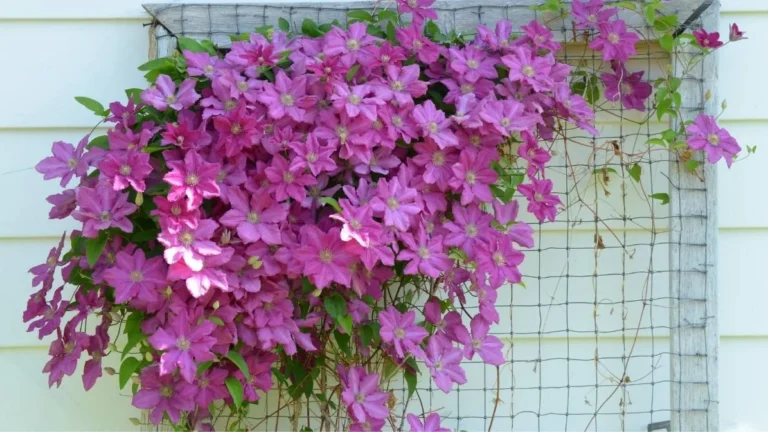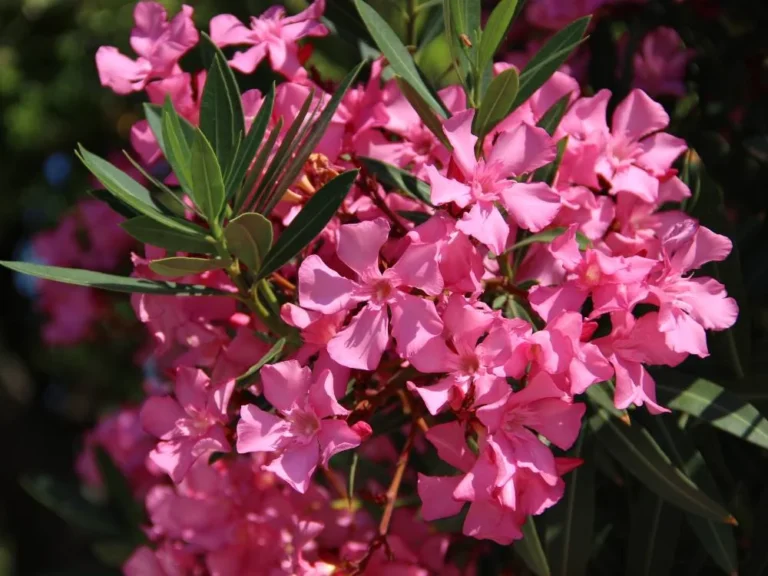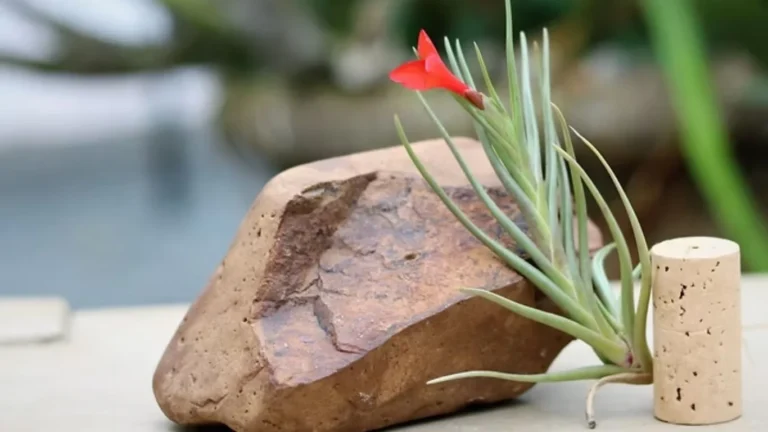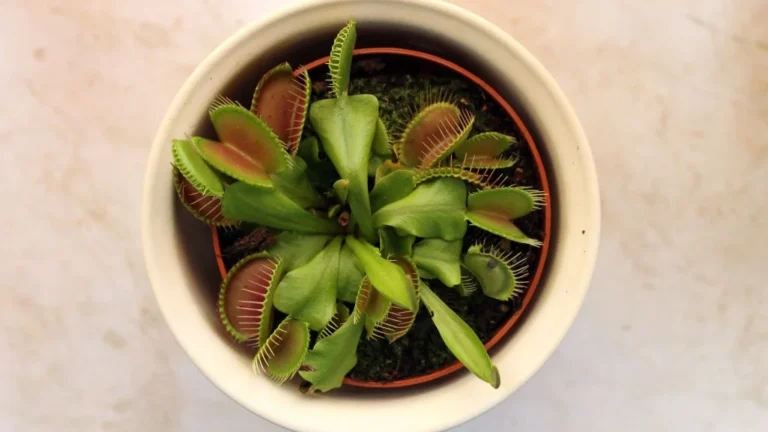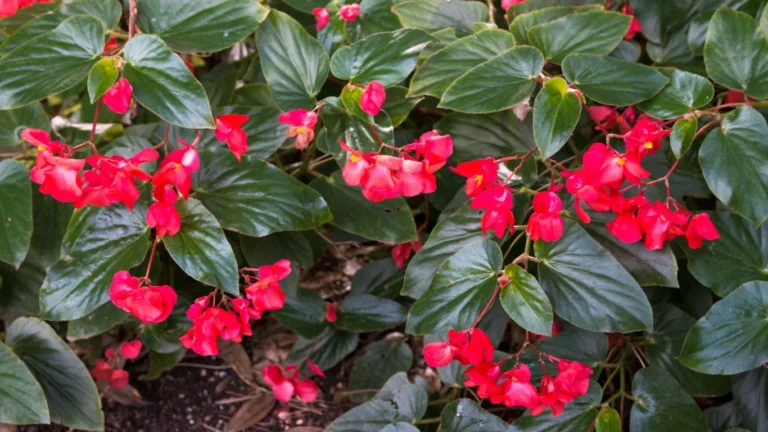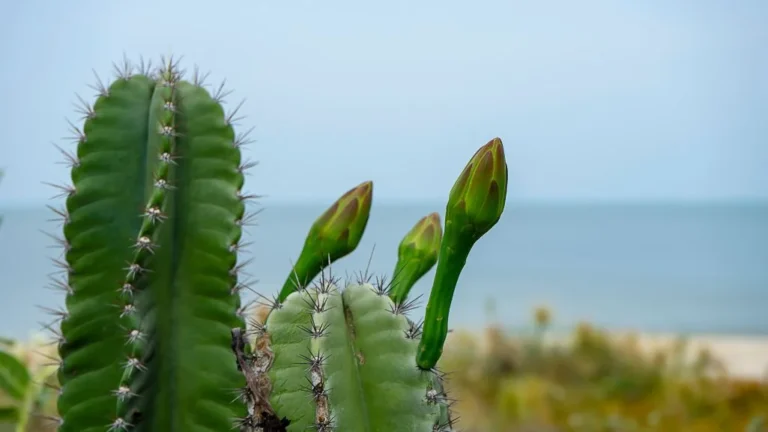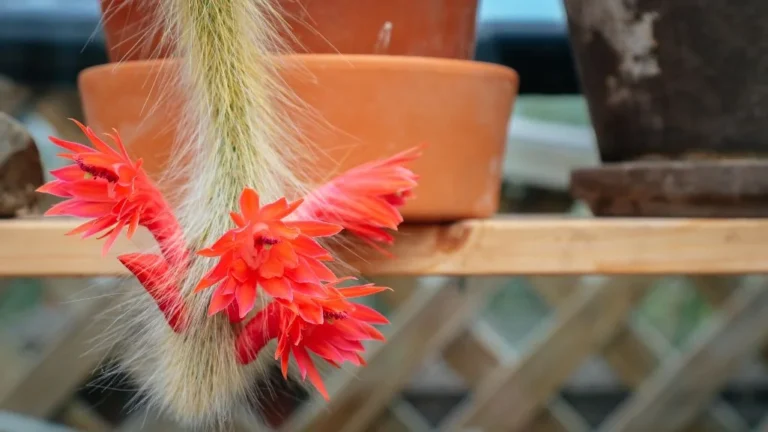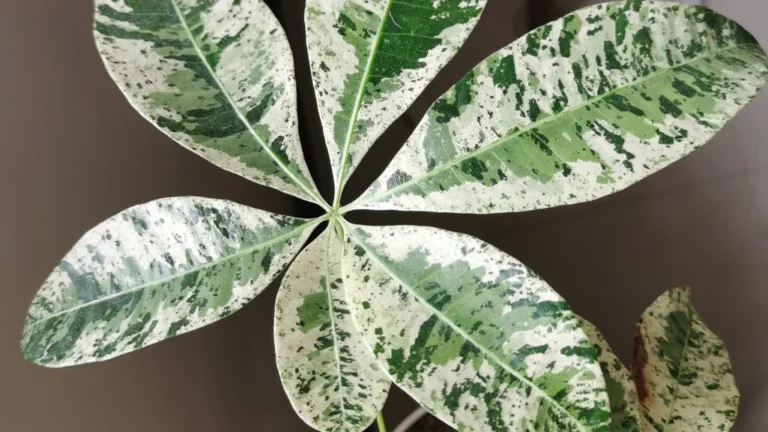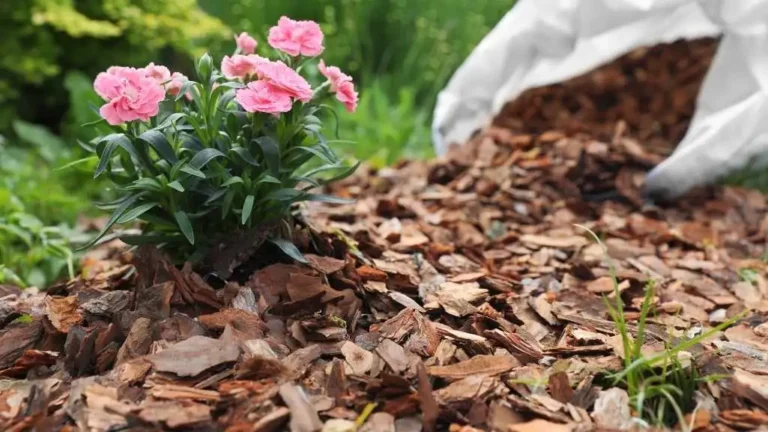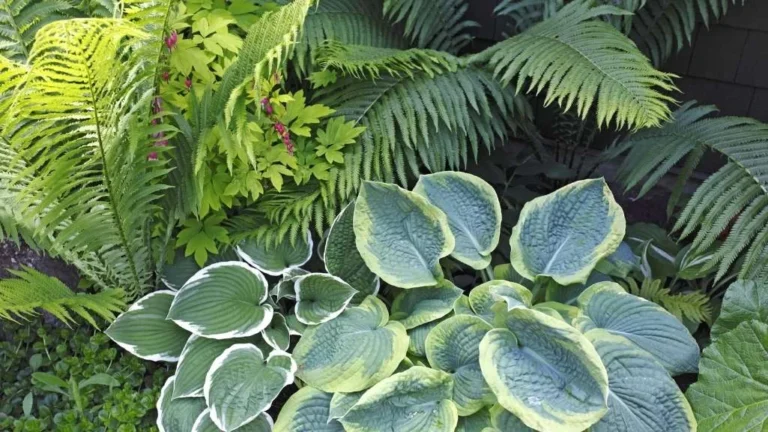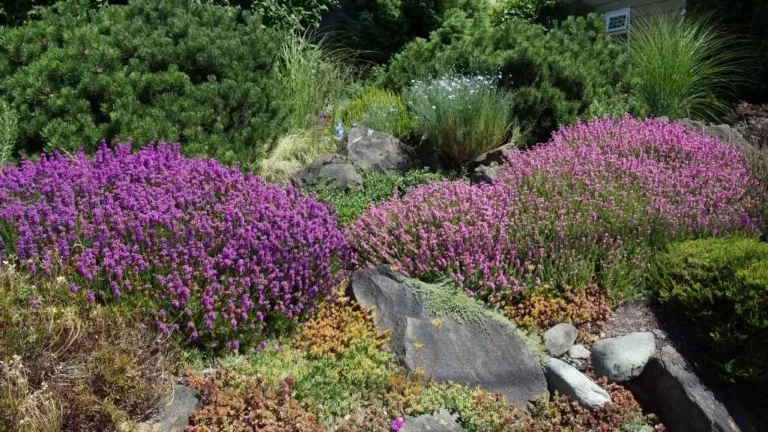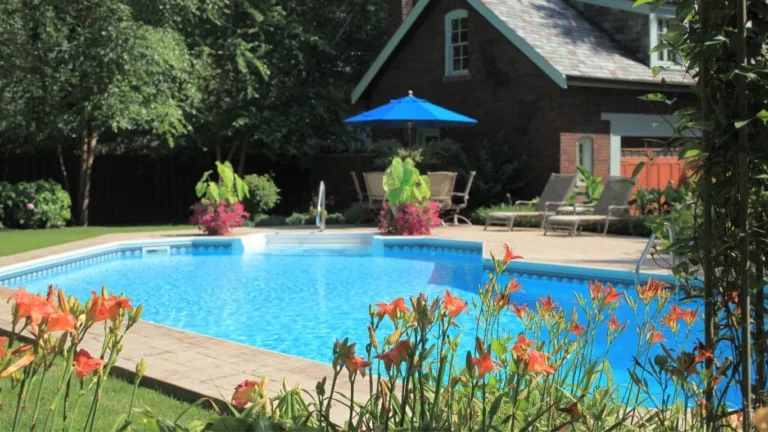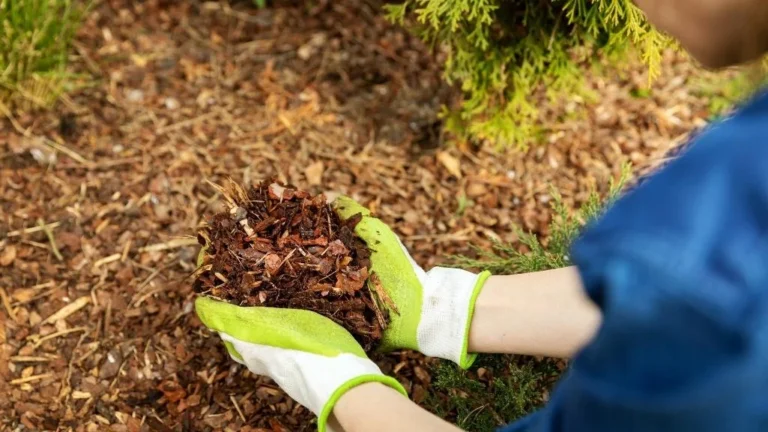While growing plants, we all face many issues, as most of us are growing them indoors. Same for Rubber plants. In my opinion, most of the time, plants face issues when we fail to provide them with the required nature around them. So, whenever any of my plants faces any problems, first of all, I try to understand the cause of that issue, and then I go for solution and prevention.
Now comes the rubber plant, one of those easy-going indoor plants that can thrive with minimal care. But, like all plants, they sometimes start showing signs that something’s off. One common issue? Drooping leaves. It’s happened to me, too, and it can be a little nerve-wracking, as I am passionate about them and care for them, and I know the same happens to you. Here, I’ll walk you through everything I’ve learned about rubber plant leaves drooping, whether it’s natural or a sign of a problem, and how to get those leaves standing tall and proud again.
First Things First: Understanding Rubber Plants
Before discussing the issue of leaf drooping, we should know a bit about rubber plants and their needs. Rubber plants are native to the warm, humid regions of Southeast Asia, where they grow as large trees in the wild. As houseplants, they tend to stay much smaller, but they still have a few specific needs related to light, water, humidity, and temperature that help them thrive indoors.
Read More About Rubber Plant
Why Rubber Plant Leaves Droop?
When I first noticed my rubber plant’s leaves drooping, I wondered if it was just how the plant grew or if it needed help. Rubber plants’ leaves can droop for a few natural reasons, but it’s also a common sign that something in the plant’s environment isn’t quite right. Let’s go through some natural causes first.
Natural Rubber Plant Leaves Drooping
Sometimes, drooping leaves aren’t a sign of trouble at all! As rubber plants grow, especially when they’re putting out new leaves, some temporary drooping can happen. The plant may just be adjusting its energy to support new growth. I’ve found that young, heavy leaves can cause the branches to droop until they get stronger. This type of drooping usually resolves itself once the leaves mature. So, if your plant is drooping while growing new leaves, it's completely okay.
Another cause of natural drooping is related to light. Rubber plants are light-sensitive, so throughout the day, you might notice slight changes in how the leaves look, depending on the direction and strength of light hitting the plant. If I see mild drooping in the morning or evening, I know it’s just my plant adjusting to the light.
Problematic Leaves Drooping: When Your Plant Needs Attention
If the drooping looks more noticeable or doesn’t go away, it might mean your rubber plant is stressed or not getting what it needs. Here are some common reasons for drooping and how to check if they’re the cause.
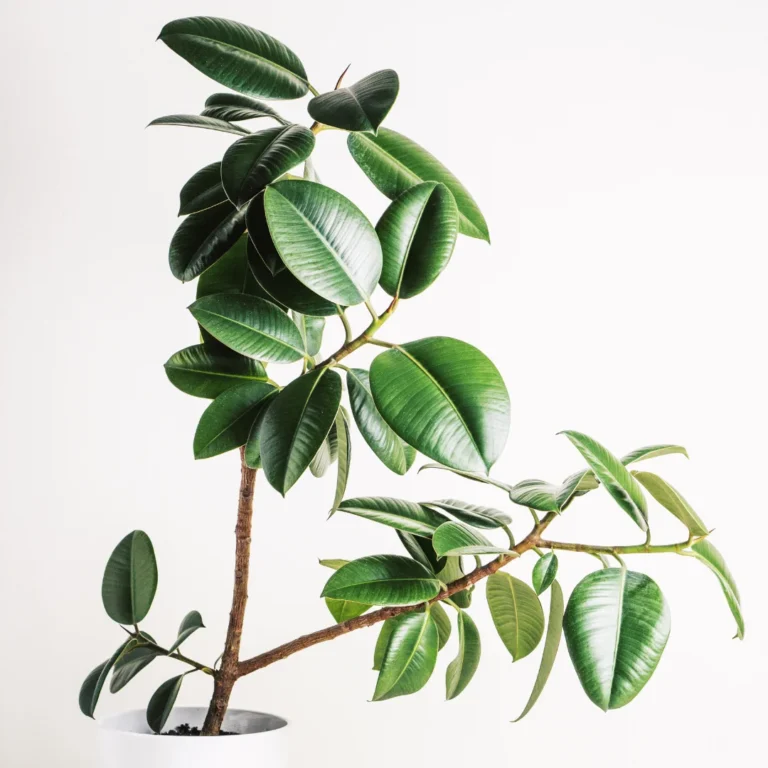
Watering Issue
Rubber plants can be a little finicky when it comes to water. Too much water and the roots can rot; too little water and the leaves might droop.
I like to let the top inch or two of soil dry out before I water again. If you have been watering your rubber plant too often, it might have “wet feet,” which means the soil isn’t draining well and the roots are waterlogged. On the other hand, if you notice drooping along with dry, crispy edges on the leaves, it’s a sign that it needs more water.
How to check
Stick your finger about an inch into the soil. If it’s still damp, hold off on watering. If it’s dry, it’s time for a drink.
Low Humidity
Rubber plants naturally love high humidity, so if the air in your home is dry (which happens a lot in winter), the plants might droop. Dry air can also cause the leaves to lose moisture quickly, leading to drooping or even leaf drop.
In this situation, I usually mist my plant regularly, especially in the drier months, or place a small humidifier nearby.
You can follow another popular trick, the “pebble tray” method. To do this, you need to fill a tray with a layer of pebbles, add water just below the top of the pebbles, and place your plant pot on top. The pebbles keep the pot elevated so the roots aren’t sitting directly in water, which can help prevent root rot. As the water evaporates, it adds gentle humidity around the plant. You just need to refill the tray periodically as the water evaporates.
Temperature Stress
Temperature plays a huge role in a rubber plant’s health. I have noticed that whenever my home gets too hot or too cold suddenly, my rubber plant might start to droop.
Rubber plants do best in stable, moderate temperatures, usually around 60 to 75 degrees Fahrenheit (15-24°C). Extreme heat can cause the leaves to lose water quickly, leading to drooping. On the flip side, cold drafts from doors or windows can also stress the plant.
After figuring out this, I always try to keep my rubber plant in a spot with a steady environment.
Low Light
Although rubber plants can tolerate lower light, they prefer bright, indirect sunlight.
But I have noticed that if my rubber plant isn’t getting enough light, the leaves may droop or look a little sad. To fix this, I have kept my rubber plant closer to a bright window, out of direct sunlight. And I also rotate my rubber plant once a week by 90 degrees.
If moving isn’t an option for you, use a grow light to supplement natural light. This has worked wonders for keeping my plant perky during the darker winter months.
How to Fix Drooping Rubber Plant Leaves
Whenever I notice drooping leaves on my rubber plant, here’s a step-by-step approach I usually take:
- First, I check the soil moisture. If it’s soggy, I know to let the soil dry out a bit. If it’s too dry, I’ll give it a good watering.
- If it’s winter or especially dry, I add humidity with a humidifier or by misting.
- I make sure my rubber plant isn’t near a drafty window or under a heater, and I ensure it’s getting plenty of indirect light.
Inspect the Roots (if necessary)
After doing all the steps mentioned above, if drooping persists, then if you suspect root rot, carefully lift the plant from its pot to check for any mushy, dark roots.
If you see any, trim them back, re-pot the plant in fresh, well-draining soil, and make sure the pot has proper drainage holes.
Preventing Future Drooping
I’ve found that consistency is the key to keeping a rubber plant happy. Maintain the following routine and keep your plant happy.
- Regularly checking the soil.
- If it’s winter or especially dry, I add humidity with a humidifier or by misting.
- Keep it away from extreme temperatures.
I also rotate my plant every few weeks so that all sides get equal light; this helps prevent it from leaning or growing unevenly, which can cause drooping on one side.
A little bit of drooping is perfectly natural, especially for a plant that’s adjusting to new conditions or putting out new leaves. But if I notice any major changes—like persistent drooping, yellowing leaves, or leaf drop—it’s a sign to take a closer look. Rubber plants are pretty forgiving once I get a feel for what they need, and keeping an eye on their drooping habits has really helped me become a better plant parent.


